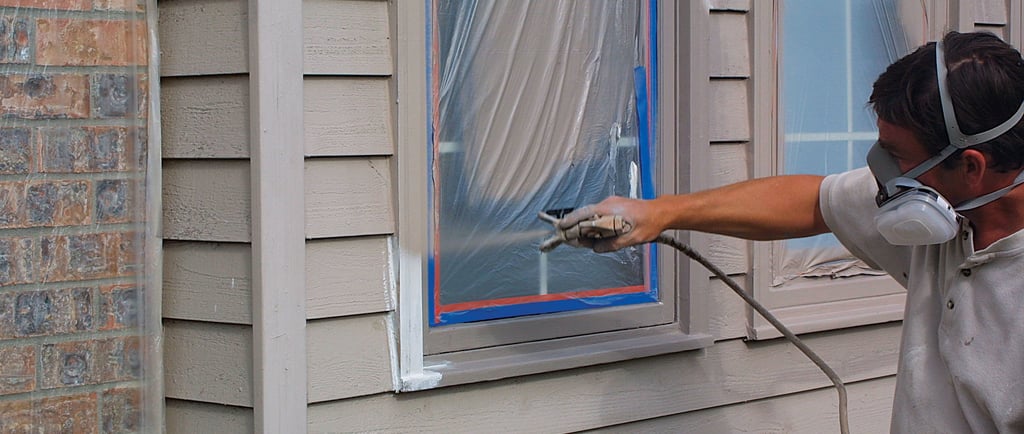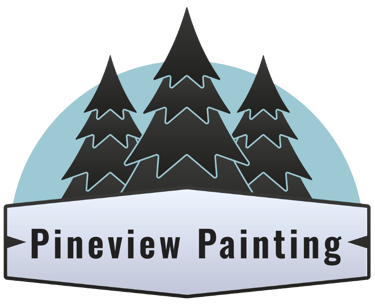Exterior Painting Tips: Common Mistakes and How to Avoid Them
Painting your home’s exterior can boost curb appeal and protect against Chilliwack’s weather—but only if it’s done right. In this article, we break down the most common exterior painting mistakes and how to avoid them, so your paint job looks great and lasts for years.
4/24/20252 min read


Exterior Painting Tips: Common Mistakes and How to Avoid Them
Painting the outside of your home is a big project—and one of the most powerful ways to boost curb appeal and protect your property. But without the right prep and approach, even the best paint job can peel, fade, or crack way sooner than expected.
Whether you're a seasoned DIYer or hiring a pro, here are some common exterior painting mistakes—and how to avoid them to get a smooth, lasting finish.
🎯 1. Skipping Surface Prep
The mistake: Painting over dirty, peeling, or damaged surfaces.
The result: Paint doesn’t stick properly and starts peeling within months.
How to avoid it:
Power wash to remove dirt, dust, and mildew.
Scrape and sand any loose or flaking paint.
Repair cracks or wood rot before you paint.
Caulk seams and gaps for a clean, sealed look.
💡 Good prep is 80% of the job. Don’t rush it—it makes all the difference.
🌡️ 2. Painting in the Wrong Weather
The mistake: Painting when it’s too hot, too cold, or right before it rains.
The result: Blistering, cracking, or poor curing.
How to avoid it:
Paint when temperatures are between 10°C and 30°C (50°F to 86°F).
Avoid painting in direct sunlight or on very humid days.
Always check the forecast—make sure you have at least 24 hours of dry weather after painting.
🖌️ 3. Using the Wrong Paint or Tools
The mistake: Choosing low-quality paint or using the wrong brushes/rollers.
The result: Uneven coverage, poor adhesion, and reduced durability.
How to avoid it:
Use high-quality, exterior-grade paint suited to your home’s surface (wood, stucco, vinyl, etc.).
Use synthetic brushes and rollers for latex paint, and natural bristle brushes for oil-based paint.
Consider using a paint sprayer for large areas—but only if you’re confident using it.
💡 Ask your local paint store for product recommendations that hold up to Chilliwack’s climate (moisture, UV exposure, seasonal changes).
🎨 4. Skipping the Primer
The mistake: Applying paint directly to raw wood, repaired spots, or stained areas.
The result: Uneven color, bleed-through, or peeling.
How to avoid it:
Always prime bare wood, patched areas, and any high-risk spots.
Use a stain-blocking primer if you're covering dark colors or water stains.
If you're making a big color change, a tinted primer can help with coverage.
⏱️ 5. Rushing the Job
The mistake: Applying second coats too soon or not letting each coat fully cure.
The result: Tackiness, peeling, or visible roller marks.
How to avoid it:
Follow the paint can’s instructions for dry time between coats—usually 2–4 hours for latex, longer for oil-based paints.
Apply thin, even coats—two thin coats are better than one thick one.
Allow the final coat to cure for at least 24–48 hours before heavy exposure to the elements.
✅ Final Tip: Know When to Call a Pro
Exterior painting is no small task—it requires ladders, careful prep, and a keen eye for detail. If it feels overwhelming or you're short on time, a professional painter can save you hours of work (and future headaches).
Need help with your exterior painting project in Chilliwack?
We’re local, experienced, and ready to handle everything—from prep to final coat.
📧 info@pineviewpainting.net
📞 604-359-4876
🌐 pineviewpainting.net
Let’s give your home a paint job that lasts!
Services
Let’s bring your vision to life—one brushstroke at a time!
Quality
Trust
info@pineviewpainting.ca
604-359-4876
© 2025. All rights reserved.
